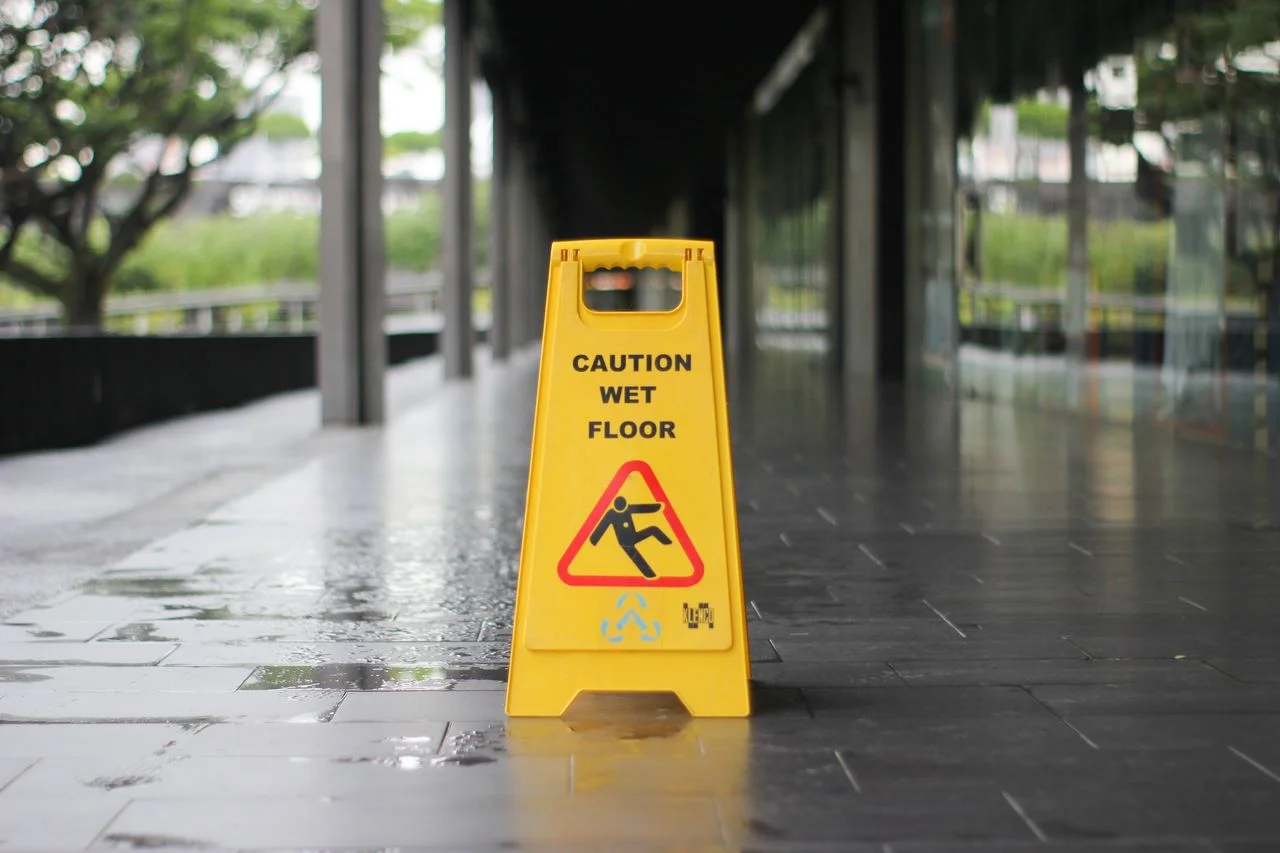The Importance of Photographic Evidence in Slip and Fall Cases

Slip and fall accidents can happen unexpectedly and result in injuries that range from minor bruises to severe fractures. However, proving liability and negligence in a slip and fall case can often be more complicated than one might think. One of the most potent tools at your disposal to bolster your claim is photographic evidence. This blog post delves into why photos are invaluable in South Carolina slip and fall cases and how best to utilize them.
The Role of Photographic Evidence
Photographic evidence serves multiple functions in a slip and fall case:
- Preserving the Scene: Conditions at the accident site can change rapidly, making it essential to capture the situation as it was at the time of the incident.
- Substantiating Your Claim: Photos can be an objective form of evidence that helps to substantiate your version of events.
- Establishing Negligence: Photos can help prove that the property owner was aware, or should have been aware, of the hazardous condition that led to your fall.
What to Photograph
The Hazard
Focus on capturing different angles of what caused you to slip and fall—be it a wet floor, uneven pavement, or cluttered walkway.
Warning Signs or Lack Thereof
If there were any warning signs, such as “Caution: Wet Floor,” take photos to show their presence or absence and their visibility.
Overall Scene
Capture wide shots of the overall area, including any security cameras that might have recorded the incident, as well as the lighting conditions.
Your Injuries
Photograph any injuries you sustained, such as cuts, bruises, or swollen areas. It’s also beneficial to take follow-up photos over time to document your healing process.
Witnesses and Time Stamps
If possible, take photos that include witnesses or other people who were at the scene, as they may be valuable later for testimony. Also, ensure your photos have a time stamp to establish when they were taken.
Legal Relevance in South Carolina
In South Carolina, as with many other states, the plaintiff must prove that the property owner either caused the hazard, knew about the hazard and did nothing, or should have known about the hazard due to its nature and duration. Photographic evidence can play a pivotal role in establishing these points.
Utilizing Technology
Today, smartphones can capture high-quality photos and even 3D scans, which can be particularly useful if your case ends up in court. Various apps allow you to annotate your pictures, adding descriptions directly linked to specific points in the photo. These tech advancements can make your photographic evidence even more compelling.
South Carolina Statute of Limitations
Remember, in South Carolina, the statute of limitations for personal injury cases, including slip and fall, is three years from the date of the accident. It is crucial to collect all evidence, including photographs, as soon as possible to build a robust case.
Conclusion
In the age of smartphones, capturing photographic evidence has never been easier, yet its importance in slip and fall cases remains incredibly high. A picture is worth a thousand words, and in a legal scenario, it could very well be worth thousands of dollars in a rightful settlement or verdict in your favor.
Having a strong arsenal of photographic evidence can significantly strengthen your slip and fall claim in South Carolina. So, the next time you find yourself in such an unfortunate situation, remember—your camera is one of the most potent tools at your disposal.

